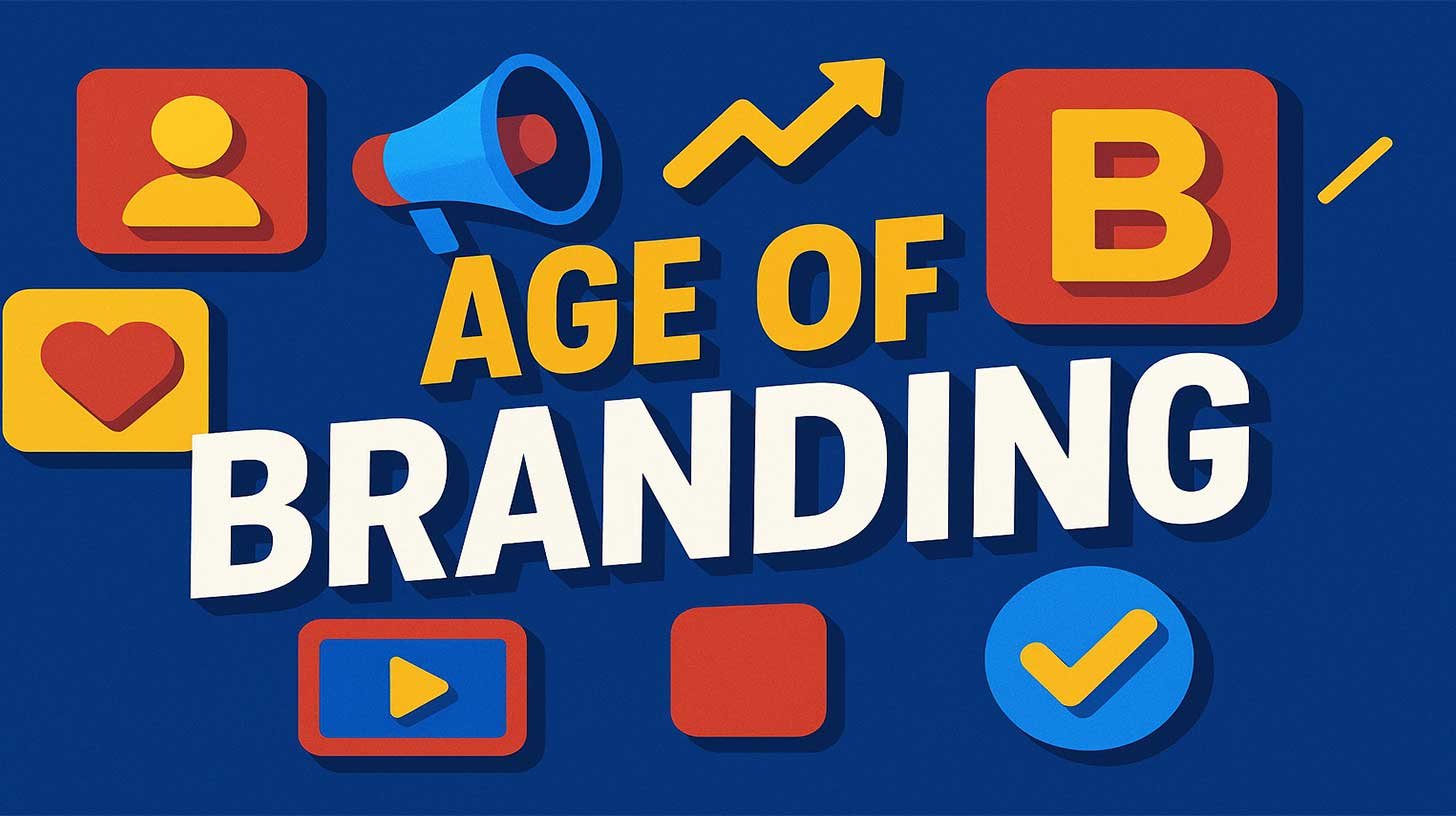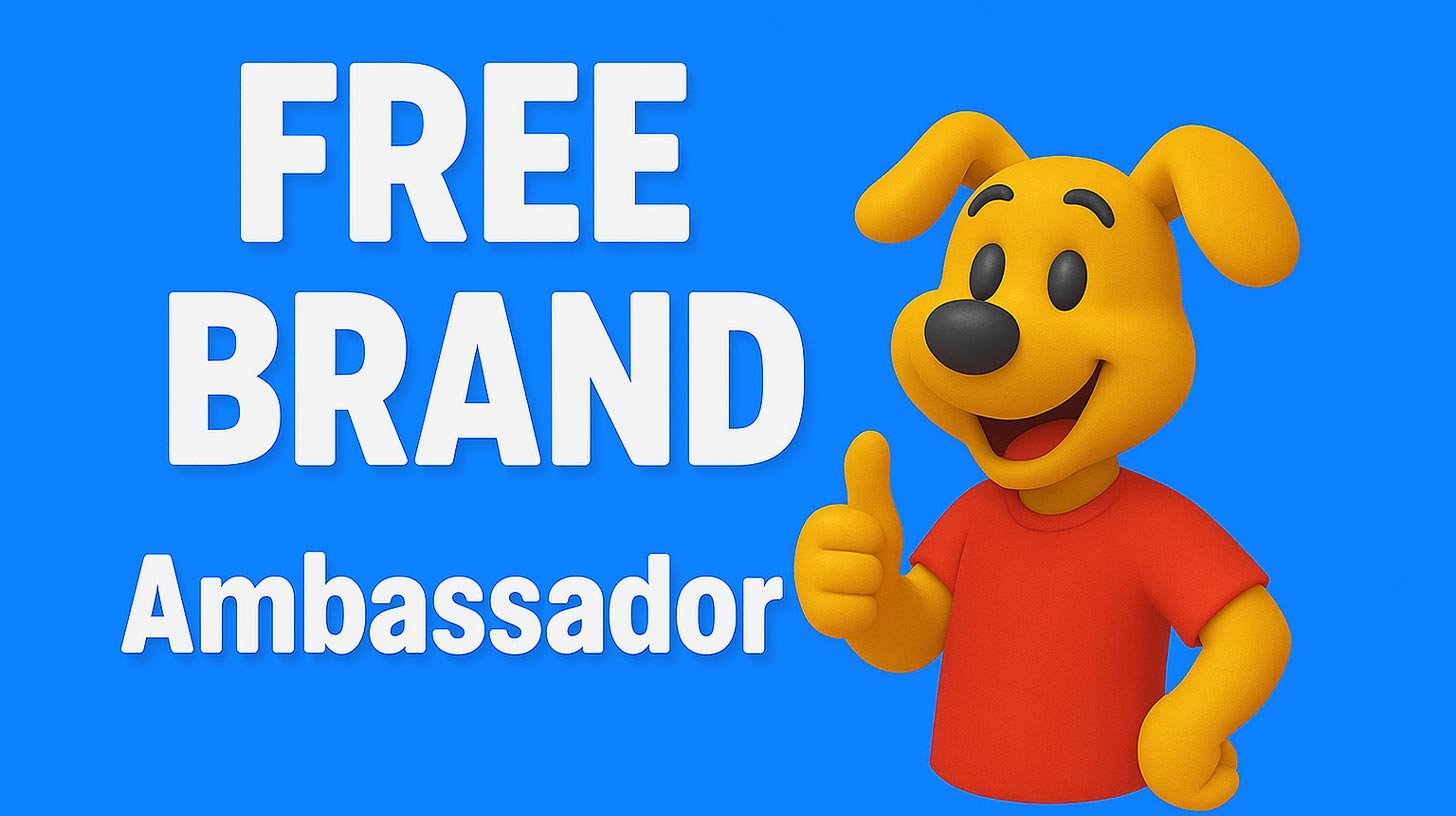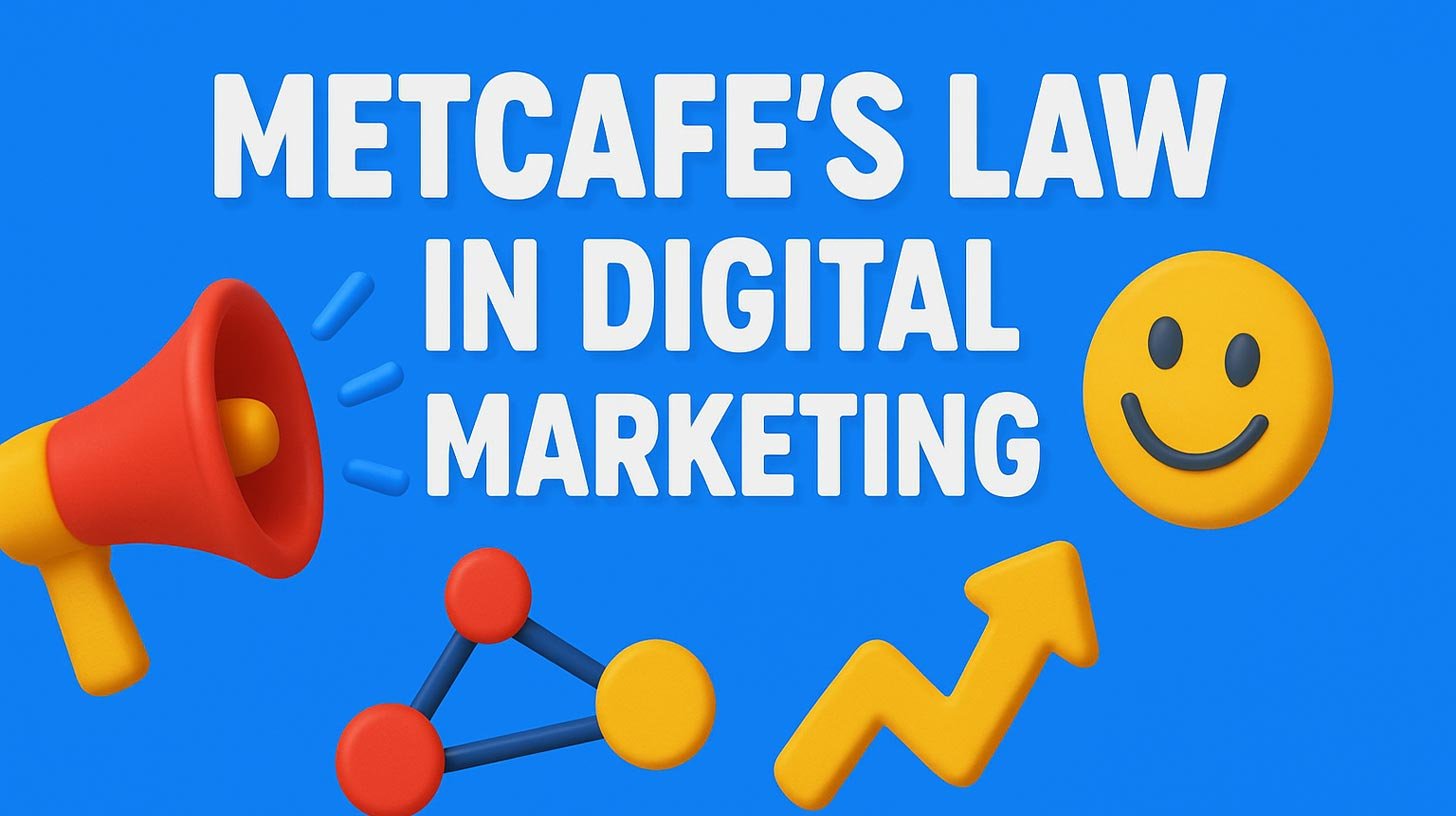Brand Book for Small Businesses: 10 Lessons from McDonald’s Global Growth
As a small business owner, you know the pain of inconsistent branding. Your logo may look different on social media than on your website. Your team may use conflicting messaging, confusing customers. Without a unified strategy, scaling feels impossible. McDonald’s faced these exact challenges—and overcame them. How? By harnessing the power of a brand book for small businesses (and large ones). Let’s explore how McDonald’s turned chaos into global harmony and what you can learn for your business.The Birth of McDonald’s: Chaos Before Consistency
1940, Richard and Maurice McDonald opened a humble burger stand in San Bernardino, California. By 1954, Ray Kroc had transformed it into a franchise model. However, rapid growth brought chaos: inconsistent menus, mismatched signage, and uneven customer experiences. The solution? A brand book for small businesses (scaled for giants).Lesson 1: The Brand Book for Small Businesses Creates Harmony
McDonald’s golden arches shine identically in Tokyo, Paris, and New York. Why? Their brand book for small businesses (adapted for global use) mandates exact colors (Pantone 1235 C), logo spacing, and even fry-cut dimensions. For small businesses, this “harmony” means every customer interaction feels familiar, building trust.Lesson 2: Standardize Operations to Scale
McDonald’s franchise manual (their brand book for small businesses) details everything from grill temperatures to employee uniforms. Small businesses can’t afford inconsistency, either. A tailored brand book for small businesses ensures your team, freelancers, and partners follow the same playbook.Lesson 3: Cohesion in Messaging
“I’m lovin’ it” isn’t just a slogan—it’s a McDonald’s brand book mandate for small businesses. Every ad, social post, and menu aligns with this voice. For your business, cohesive messaging through a brand book for small businesses turns random content into a strategic narrative.Lesson 4: Visual Identity = Instant Recognition
McDonald’s red and yellow are recognizable from space. Their brand book for small businesses (expanded for global use) locks these colors, fonts, and imagery. Small businesses can replicate this with a brand book for small businesses that defines your visual DNA.Lesson 5: Empower Franchises (or Teams) with Autonomy… Within Limits
McDonald’s allows regional menus (e.g., McSpicy Paneer in India) but never compromises its core identity. Your brand book for small businesses should balance creativity and consistency, letting teams innovate without straying from your brand’s soul.Lesson 6: Adapt Without Losing Identity
From drive-thrus to McFlurries, McDonald’s evolves while staying true to its brand book for small businesses. Your business can do the same: use your brand book for small businesses to guide pivots without diluting your identity.Lesson 7: Train Teams Relentlessly
McDonald’s “Hamburger University” trains staff globally using their brand book for small businesses. Small businesses might not need a campus, but a brand book for small businesses ensures everyone—from interns to CEOs—knows your brand inside-out.Lesson 8: Audit and Iterate
McDonald’s updates its brand book for small businesses every 5 years. Regular audits keep your brand fresh while maintaining core elements.Lesson 9: Content Marketing Fuels Brand Consistency
McDonald’s combines its brand book for small businesses with savvy content marketing for small businesses, like the “Behind the Arches” series. For your business, pairing a brand book for small businesses with strategic content marketing for small businesses amplifies your message. Learn more here.Lesson 10: Think Global, Act Local
McDonald’s respects cultural nuances (e.g., no beef in India) but never bends its brand book for small businesses. Small businesses can mirror this: let your brand book for small businesses unify your core while allowing local flexibility.Why Your Business Needs a Brand Book for Small Businesses
McDonald’s thrived because its brand book for small businesses (scaled up) eliminated guesswork. Yours can too. Without it, you risk:- Inconsistent customer experiences.
- Wasted time and resources.
- A diluted brand identity.
How to Start Your Brand Book for Small Businesses
- Audit Your Brand: List existing assets (logos, colors, voice).
- Define Rules: Detail dos and don’ts for visuals and messaging.
- Train Your Team: Ensure everyone uses the brand book for small businesses.
Calls to Action
- “Struggling with inconsistent branding? Download our free brand audit checklist.”
- “Ready to build your brand book? Explore our SBBS packages.”






